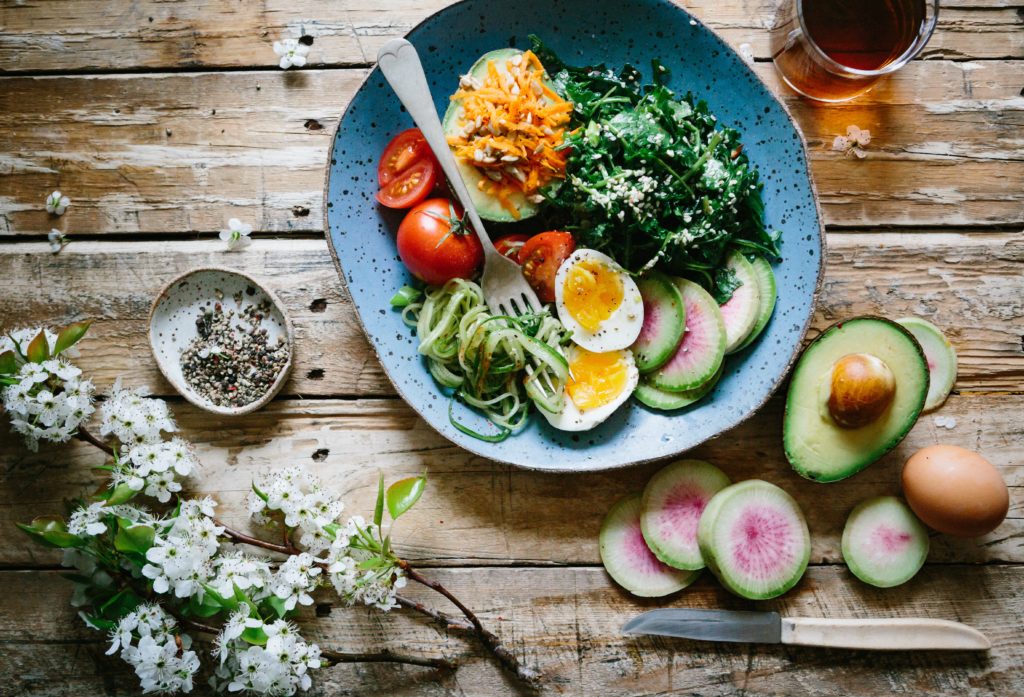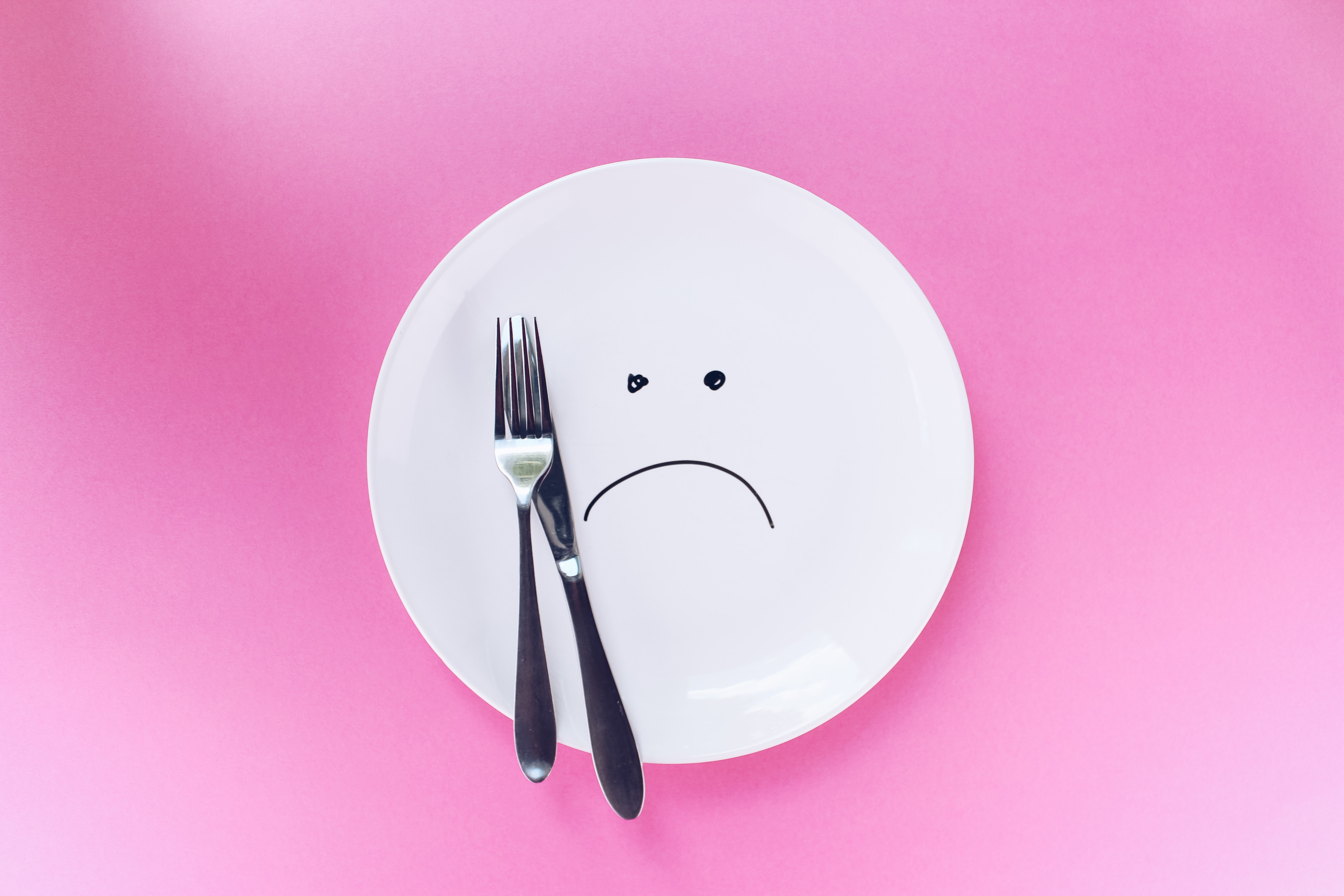There isn’t anyone that hasn’t followed a diet at a certain point in life. But the thing with dieting is that it’s not sustainable. We are good for a couple of days, weeks, months and then it all goes to hell. Most of the time a diet is hard to maintain because you deprive yourself of so many things you like. Yo-yo dieting is not that healthy, so what’s the real solution to all that? It’s called moderation and balance my friend!
Having a healthy lifestyle which includes eating well, exercising and enjoying the little pleasures of life all are key to reach your goal. Here are some tips on how to get there:
Carbs, Fat and Protein
Most of the time a diet will tell you to completely cut off carbs or fat, but our bodies need them in a certain quantity along with protein to properly function. Carbs are a source of energy and fiber that help us go through the day. But we must choose the right source of carbs and the right portion. It’s always better to have the least processed form of carbohydrate available, such as fruits, rice, whole grain, etc. and to limit the quantity. It is suggested to have about one cup of carbs or ¼ of your plate per meal. The same thing goes for fat. Fat is an important source of energy. It helps in the absorption of some vitamins and minerals and in building cell membranes. So, we can’t really cut them out completely. Again, we need to pick the right kind of fat, which we can get from veggies, nuts, seeds, and fish and eat them in a limited quantity. As for protein, well everyone knows that protein is a must in order to build and maintain muscles, as well as to preserve healthy hair, blood, connective tissues, and more. The quantity of protein you should eat depends on your weight. They recommend eating a minimum of 0.8 grams of protein per kg of body weight in order to stay healthy and not get sick.
Controlling your portion is crucial

It seems like nowadays portions have quadrupled. If you go to a fast-food restaurant you will get way more than what you are supposed to be eating in one meal. And generally, we tend to finish our plates, which means the number of calories we take in is way beyond our needs. When it comes to portions, we don’t seem to know what the right amount is. So, what is the norm in portions supposed to look like?
To determine portion size, your hand is the main measuring tool:
- A cupped hand is equal to 1-2 ounces
- One cup is the size of your fist
- An ounce is equal to your thumb from base to tip
- 3 ounces is approximately the size of your palm
Now, once you have these measurements and know the portion of each category of food you’re supposed to be eating, it will be easier for you to judge if you have the right quantity of each food group.
There are also other tricks that you can use to help control your calorie intake and get away without a diet:
- Use smaller plates to make the food look more satisfying (as your plate will look fuller).
- When you eat out, try eating half of your plate and take the other half for later (especially when eating at a fast-food restaurant or where they oversize portions).
- Always opt for a kid’s meal, which is closer to the portion we should be eating, particularly when it comes to junk food.
- Take the time to chew your food and savor it. Make sure that at least 20 minutes have passed since the beginning of your meal and then see if you’re still hungry to eat more. Our body needs at least 20 minutes to send the signal of satiety to our brain, so the longer we take to eat, the less we overeat.
Get moving!

Over the years, we are becoming more and more sedentary compared to decades ago. We can get anything we need, delivered to us just with a click. Everything is made easier for us, so we are moving way less. Even kids are spending more time on their electronics than outside. So, let go of your phones and screens and go out and get that shirt you’ve been checking online. Park your car further than usual and walk a few minutes more to your destination. Ideally, you should get at least a good 20 minutes of intense workout per day. If your body can’t handle anything intense, then go at your pace and make it a bit longer. Go for a walk, a bike ride or hit the gym if you can… just move! If you can manage to get that 20-30 minutes a day, you will see a difference in the way you feel, and your body will thank you in the end – even without a hard diet.
Or have you heard about the “necessity” of 10000 steps a day? Find out more here!
If you are able to follow these suggestions in order to have a healthy variety of food, control of your portions and get a little bit of exercise during your day, you will be helping yourself reach the goals you set without needing to diet or follow a strict eating plan. You will feel much better and healthier with little effort. Just be consistent and you will get to your goal slowly but surely!
These guidelines are a general idea of how to reach or maintain a healthy weight. If you need more information on weight loss and dieting, don’t hesitate to talk to your health care professional or to a registered dietitian to get an idea of the calorie intake you should eat in order to reach or maintain an ideal weight.


Your point of view caught my eye and was very interesting. Thanks. I have a question for you. https://accounts.binance.com/tr/register-person?ref=B4EPR6J0
Your point of view caught my eye and was very interesting. Thanks. I have a question for you.